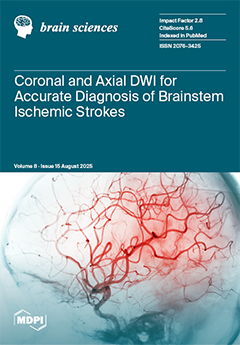Objectives: Depression is a significant and growing global concern with substantial societal impact. College students, being particularly vulnerable to depression, necessitate exploration of physical activity (PA) as a potential mitigating factor. This study aims to examine the relationship between PA and depression in college students.
Methods: Studies were identified through systematic searches of PubMed, Embase, Cochrane, Scopus, and Web of Science. The Pearson correlation coefficient was utilized to assess the PA–depression relationship. Heterogeneity was evaluated, and subgroup analyses were performed. Sensitivity analysis via the leave-one-out method was conducted. Quality assessment was assessed using the Joanna Briggs Institute literature quality assessment approach, resulting in the inclusion of 38 high-quality, low-risk studies.
Results: A significant negative correlation between PA and depression was found (r = −0.238; 95% CI, −0.307 to −0.173;
p < 0.001). Subgroup analyses revealed notable PA–depression correlations post-COVID-19 (r = −0.324; 95% CI, −0.493 to −0.132;
p < 0.001), in developing countries (r = −0.202; 95% CI, −0.213 to −0.191;
p < 0.001), and in physical education majors (r = −0.390; 95% CI, −0.589 to −0.147;
p < 0.001). Moderate PA levels were associated with reduced depression (r = −0.428; 95% CI, −0.708 to −0.031;
p = 0.035).
Conclusions: This systematic review and meta-analysis suggests that PA is significantly and negatively associated with depression and plays a crucial role in alleviating depression in college students. Various influences, including the pandemic, national development level, student major, and PA intensity, moderate this relationship. Post-pandemic, developing countries, physical education majors, and moderate PA intensity emerged as optimal factors for enhancing the depression-alleviating effects of PA.
Full article






